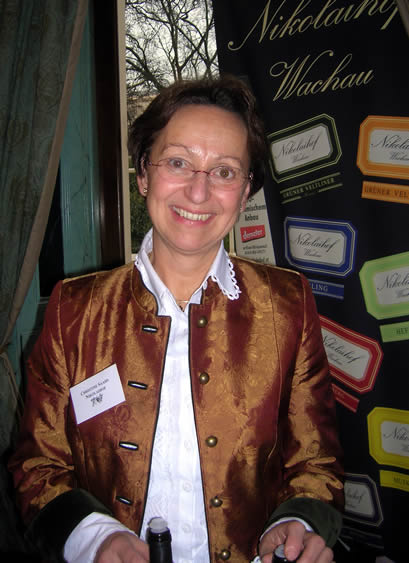08
Ridge & The Value of Patience
Posted by | Posted in Grape Adventures | Posted on 08-08-2013
 Although my wine preferences are largely Europhilic — my favorite reds come from Bordeaux, Burgundy, and the Rhone and Loire Valleys — I’ve always enjoyed the wines I’ve had from Ridge.
Although my wine preferences are largely Europhilic — my favorite reds come from Bordeaux, Burgundy, and the Rhone and Loire Valleys — I’ve always enjoyed the wines I’ve had from Ridge.
While I’m not the biggest fan of Zinfandel or Chardonnay, I’ve found Ridge’s Monte Bello Cabernets are always compelling. And one of my most memorable wine experiences remains a 1975 York Creek Petite Sirah I tasted just a few years ago. Until very recently, however, that Petite Sirah was the only Ridge wine I had with adequate age.
The Ridge I’ve had have always been marked by the “Draper perfume” — a vivid, sweet vanilla and oak scent that I’ve always been told will integrate with time. These wines have been young, of course, and there’s always been enough rich fruit to balance the oak.
I recently had the opportunity to explore various wines from Ridge with more than 20 years of age — including many from Monte Bello — and they were absolutely thrilling. Without question, older wines from Ridge can provide a sensory experience that can rival some of the best wines from Bordeaux and the Northern Rhone.
While that “Draper perfume” was still noticeable in a number of the older wines, it seemed far more restrained and better integrated with the countless nuances that had developed in bottle.
What was most striking, though, was the consistency in the wines across a range of vintages.
One buying axiom in Burgundy and the Rhone is to always focus on great producers rather than great vintages. With Ridge, the same is obviously true. For example, I approached the 1985 Monte Bello with high expectations, as it’s been praised by many. It lived up to expectations, but I was blown away by the bottles from less-heralded years, like the 1989 Monte Bello and the 1992 Mataro from Evangelo Vineyard.
Clearly, patience is necessary with Ridge. While the younger wines are very appealing and fun to drink, a couple of decades — or more, especially for the Petite Sirah — in the cellar can lead to so much more elegance, complexity and depth.
Tasting notes follow below the fold.

 I’ve always had a preference for spicy cuisines.
I’ve always had a preference for spicy cuisines. There are few white wines I’ve found that are as compelling, complex, and consistently outstanding as Franz Hirtzberger’s Rieslings from the Singerriedel vineyard in the Wachau.
There are few white wines I’ve found that are as compelling, complex, and consistently outstanding as Franz Hirtzberger’s Rieslings from the Singerriedel vineyard in the Wachau.



 In the last few years, wine enthusiasts have paid less and less attention to Bordeaux. Hype for great vintages seems to roll around every other year and prices continue to increase dramatically for new vintages laden with high scores.
In the last few years, wine enthusiasts have paid less and less attention to Bordeaux. Hype for great vintages seems to roll around every other year and prices continue to increase dramatically for new vintages laden with high scores.





